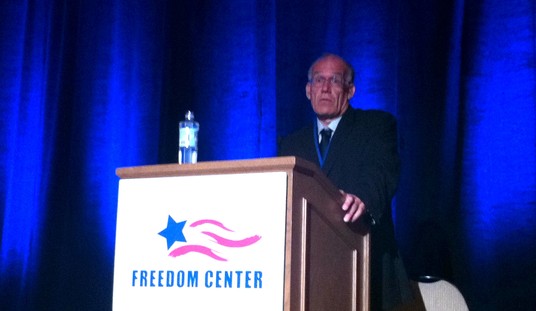It’s hard to believe that it’s been 30 years since Nintendo’s console saved the videogame industry from itself. Ars Technica has an extensive look back in classic Ars style, but this part really got me:
The system had two main processors: the CPU was a variant of the 8-bit MOS Technology 6502. Other members of that processor family made it into everything from the Atari 2600 to the Apple IIe, so in this case the Famicom was in good company. The processor was clocked at about 1.79MHz, and it had access to a whopping 2KB of RAM.
Graphics were handled by a custom chip called the Picture Processing Unit (PPU), a 5.37MHz chip which itself had access to another 2KB of RAM. A further 256 bytes of memory, called Object Attribute Memory (OAM), was integrated directly into the PPU die, storing information needed to display sprites. There were 28 more bytes of RAM to hold information pertaining to the system’s color palette. The PPU can output pictures at a resolution of 256×240. However, on most NTSC television sets the top eight pixels and the bottom eight pixels were usually hidden by overscan, giving many games an effective resolution of 256×224.
The individual icons on my Mac’s dock contain about four times as many pixels as the NES’s entire screen. But the games were — and many remain — some of the most playable inventive and enjoyable ever produced.










Join the conversation as a VIP Member